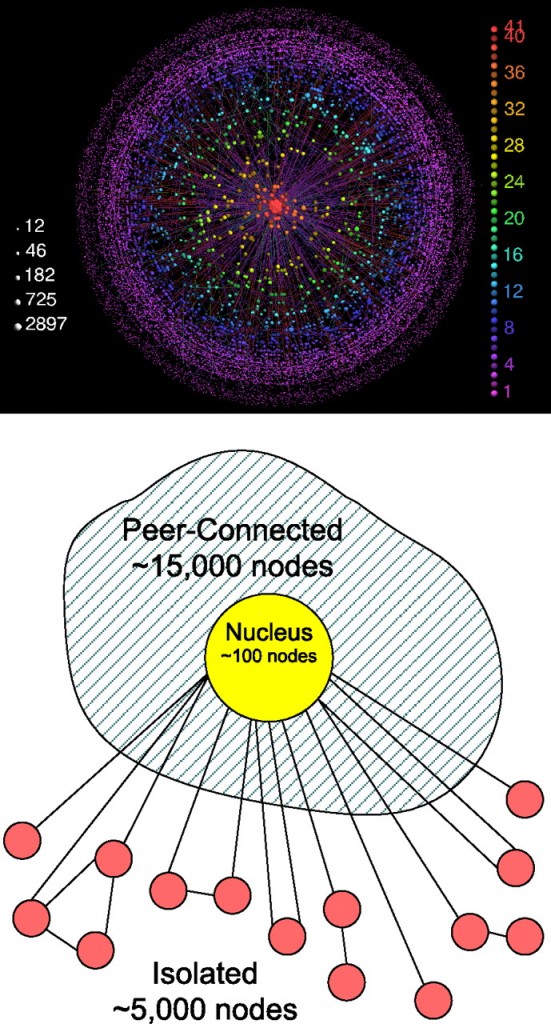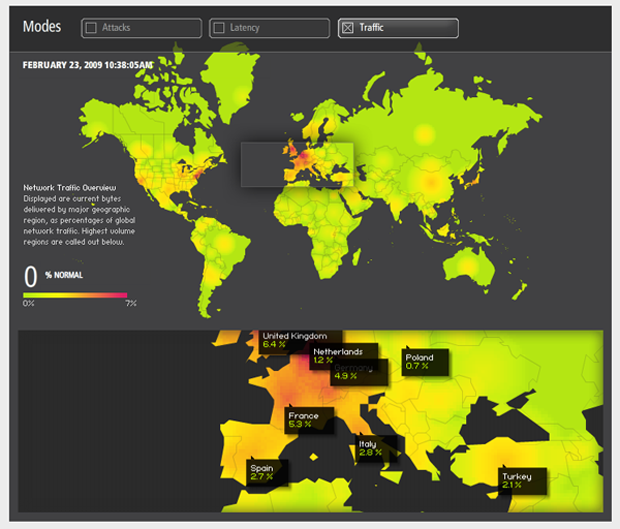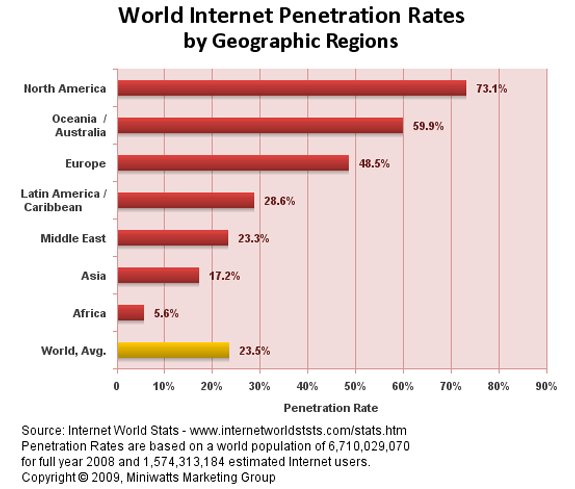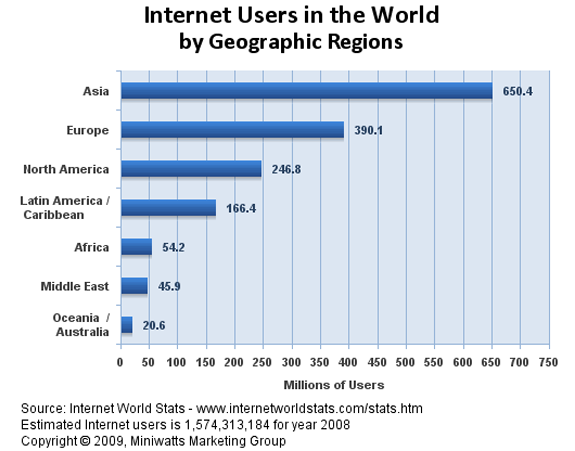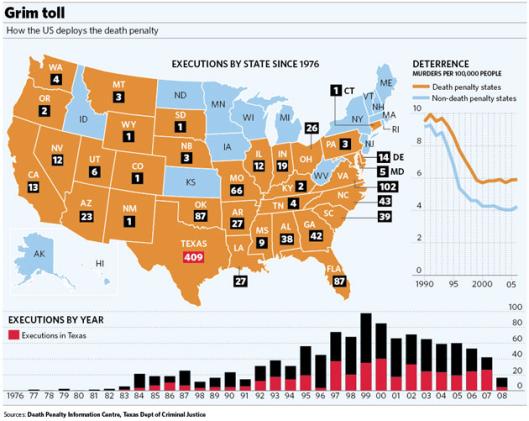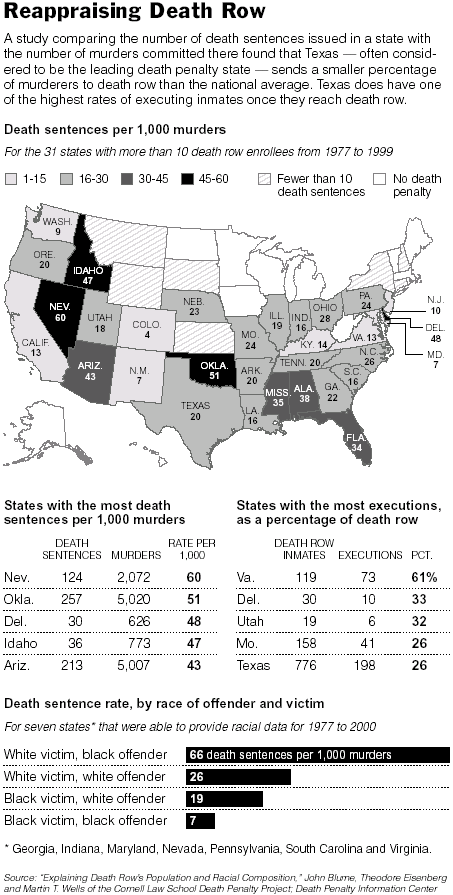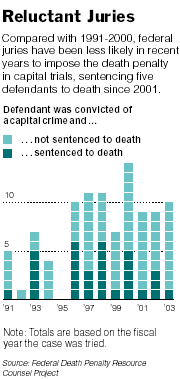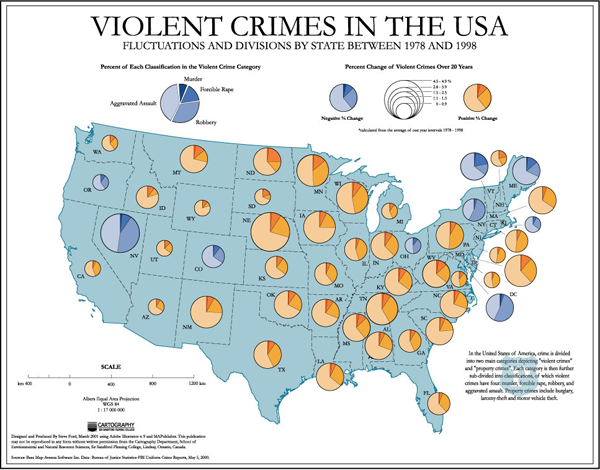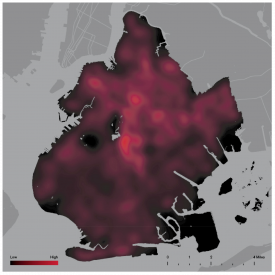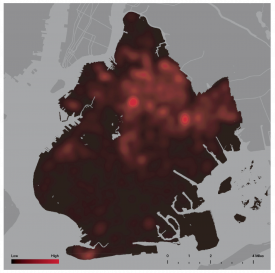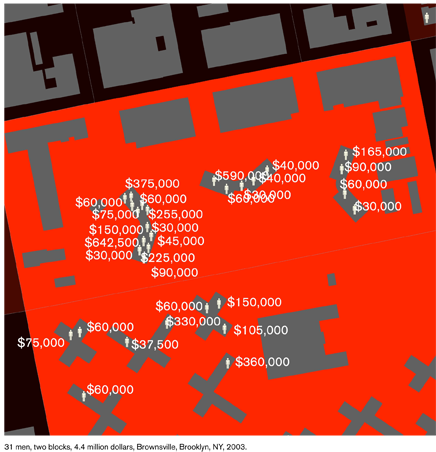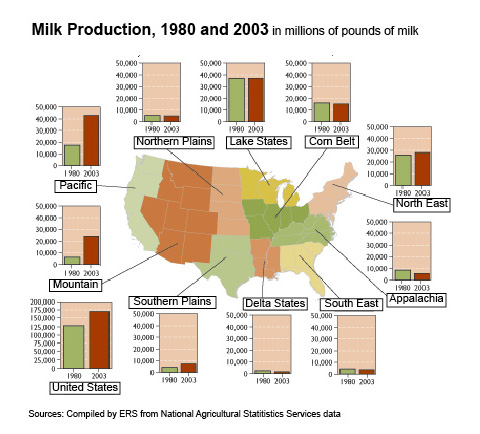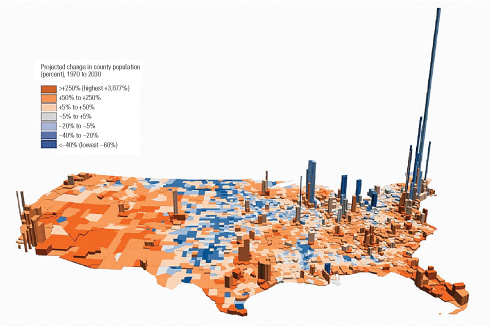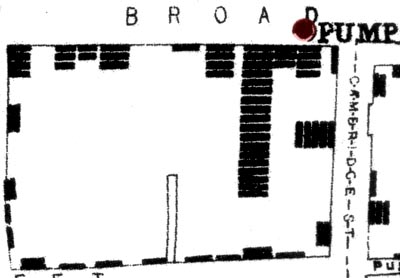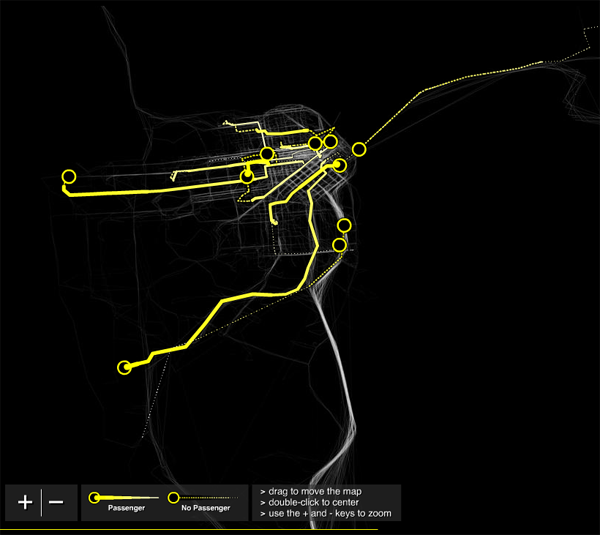
What Works
First, the elegant sophistication of this graphic is breathtaking. I love watching it and I have watched it for long enough to start asking questions about it. Maybe I am different than other people, an outlier of some sort, but in this case I don’t think so and that’s why my own fascination indicates a larger virtue of the graphic. If it draws people in and gets them asking questions, it is doing something right. Holding eyeballs in this media saturated world is a triumph in itself. Having answers to the questions that are posed is a secondary but even more critical step. To figure out what you’re looking at, here’s what the folks who made it have to say for themselves: “Cabspotting traces San Francisco’s taxi cabs as they travel throughout the Bay Area. The patterns traced by each cab create a living and always-changing map of city life. This map hints at economic, social, and cultural trends that are otherwise invisible. The Exploratorium has invited artists and researchers to use this information to reveal these “Invisible Dynamics.” The core of this project is the Cab Tracker. The Tracker averages the last four hours of cab routes into a ghostly image, and then draws the routes of ten in-progress cab rides over it.”
Second, they are right that just knowing where cabs go is more than knowing where cabs go. It’s knowing about urban space over time. It’s certainly knowing where the airport is (and that airports are far away). Looking at this we get to see the grid of the city and the longer stretch of highways and bridges bringing people in/out. It would be nice to see what this sort of ghostly cab mapping technique would reveal about cities I know a little better than San Francisco. Keep this site tucked in your back pocket for later this year, all you ASA meeting-goers.
What Needs Work
I just wish there were a simple way to say a little more about the cabbies themselves, who end up looking like infrastructure or phantoms, rather than actual people. In New York, 91% of the cab drivers are immigrants and only 1% are women (2006 Schaller Consulting). Is there a way that this cab-tracker could become a little more about the humans in the city?
Relevant Resources
Richards, P. and Schwartzenberg S. Snibbe S. and Balkin A. cabspotting San Francisco.
Schaller Consulting. Repository of Reports on Cabs in New York and beyond
Plaut, M. (2007) Hack: How I Stopped Worrying About What to do with my life and started driving a yellow cab. New York: Random House.
Buddhacab blog written by a New York yellow cab driver

![US population growth 1790-1990 {freeze frame at 1920} - University of Kentucky Appalachian Center US population growth 1790-1990 [freeze frame at 1920] - University of Kentucky Appalachian Center](https://thesocietypages.org/graphicsociology/files/2009/03/1920_us_population_growth1.png)
